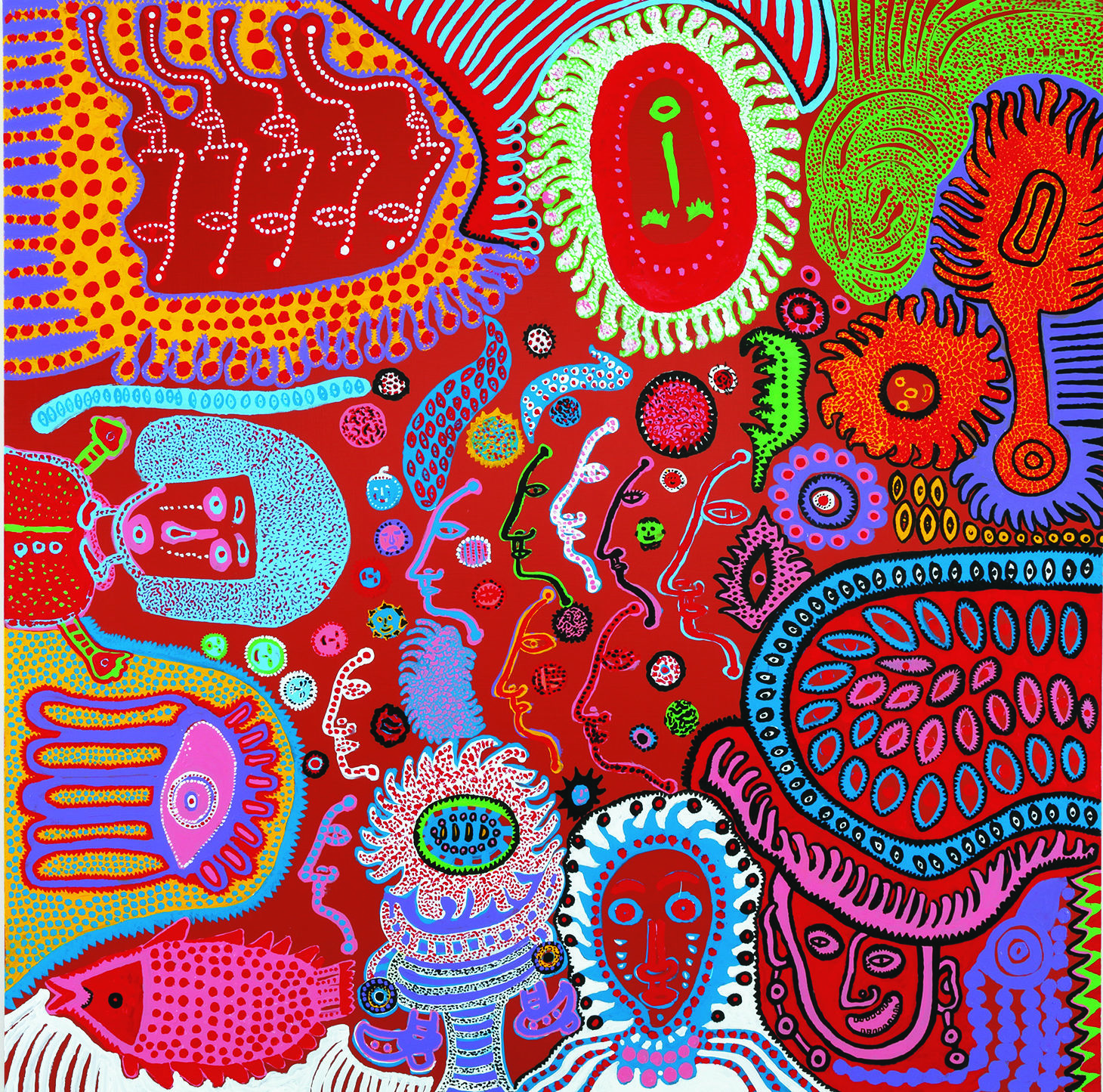
Blender dating app yellow dot - think
Designing systems, not just UI: alerts & notifications
At this point, we revisited the sample notifications we had previously categorized to check if they still aligned with the behaviors we had identified. We were gratified to find that the vast majority of events we needed to handle fitted consistently with the other notifications in their category.
There were some exceptions to the model: form errors, login errors, empty states, and HTTP status errors (such as 404s). These we felt to be solved problems with their own well-established patterns.
Satisfied the categories were as watertight as they could be, the system progressed into implementation in UI design.
It’s important to note that the quadrant model does not dictate on-screen placement. It is used purely for categorization.
Room to grow
The notification category definitions remain flexible, meaning this model can continue to be a useful reference point for future scaling and feature enhancement. As an example: Where might notifications external to the application, such as emails or text messages, fit? The model helps frame discussions around these kinds of questions.
Why 4 categories of notifications? Primarily, that’s what the matrix delivers as default. Any more than that would have been leading us into the kind of territory that we wanted to stay away from — a wild west of pop-ups and modals on the user’s screen.
Could this be distilled into a lesser number? Possibly. And that may very well end up being the case as we implement the system in practice. For now, the model appears robust, based on the exercises we conducted.
While this is not a one-size-fits-all answer to all applications’ needs, we hope the thinking behind it offers some guidance on how to approach similar challenges. And if you do get some value from it, please let us know!
Rick Monro is a principal UX designer at Puppet.

-
-
-